Hey there, fellow biking enthusiast!
Today, let’s dive into the world of Fat Tire E-bikes and find out if these chunky-wheeled machines can conquer the uphill terrain that we all love to challenge ourselves with.
Table of Contents
Required Features to Go Uphill on an E-bike
Wide Tires and Good traction
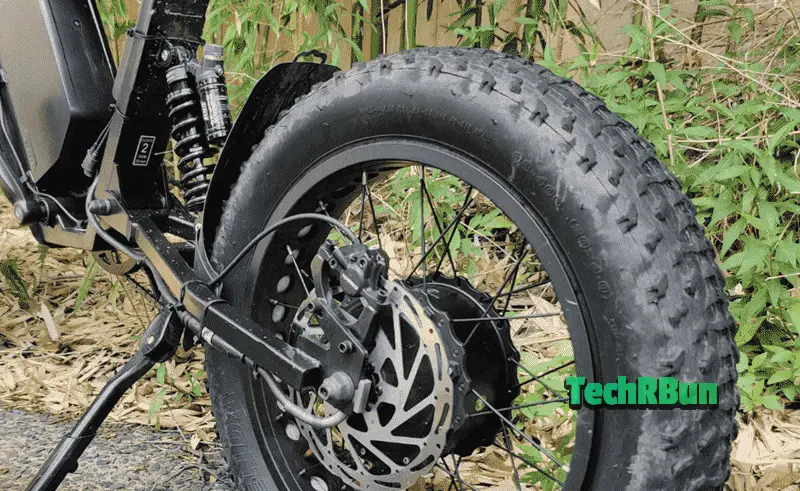
One of the most important features of Fat Tire E-bikes is the width and traction of their tires.
The wide, knobby tires provide enhanced stability and grip, allowing riders to tackle various terrains, including uphill climbs.
The increased surface area of the tires ensures better traction, preventing slippage and improving overall control.
Powerful Motor and High Torque
The power and torque of the motor play a significant role in the uphill performance of Fat Tire E-bikes.
A powerful motor provides the necessary assistance to conquer steep inclines with ease.
Higher torque allows for better acceleration and climbing ability, ensuring a smooth and efficient uphill ride.
Large Battery capacity
The capacity and range of the battery determine how far and how long a Fat Tire E-bike can go uphill.
A larger battery capacity provides more power and allows for longer rides without the need for recharging.
Riders can choose E-bikes with batteries that suit their desired uphill riding distance and duration.
Good Suspension system
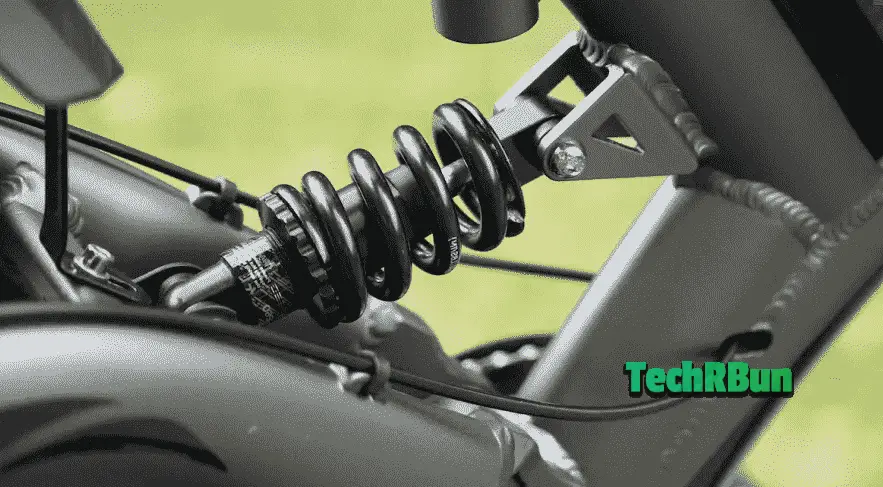
A well-designed suspension system is essential for uphill performance.
It helps absorb shocks and vibrations, ensuring a comfortable ride on uneven terrain.
A good suspension system also improves traction and control, allowing riders to maintain stability and momentum while climbing uphill.
Proper Weight Distribution
Proper weight distribution is crucial for uphill performance.
Fat Tire E-bikes are designed with a balanced weight distribution, ensuring stability and control during uphill climbs.
The placement of the battery, motor, and other components is carefully considered to optimize the bike’s uphill capabilities.
Factors Affecting Uphill Performance
Factors affecting the uphill performance of Fat Tire E-bikes can be categorized into terrain types, rider’s skill and experience, and gear ratios and climbing strategies.
Terrain Types And Their Impact
Gravel roads
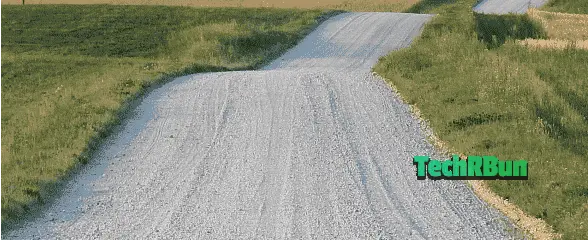
Gravel roads present a unique challenge for uphill riding. The loose surface requires increased traction and stability.
Fat Tire E-bikes excel on gravel roads due to their wide tires and enhanced grip.
The knobby tread pattern digs into the gravel, providing better traction and preventing slippage.
Steep inclines

Steep inclines demand more power and torque from the motor.
Fat Tire E-bikes with high-powered motors and ample torque effortlessly conquer steep inclines.
The combination of motor assistance and the wide tires’ grip ensures a smooth ascent even on the steepest slopes.
Rocky trails

Rocky trails require excellent suspension and maneuverability.
Fat Tire E-bikes equipped with a well-designed suspension system absorb shocks and vibrations, allowing riders to maintain control and stability on rocky terrain.
The wide tires also provide added cushioning and prevent punctures from sharp rocks.
Rider’s Skill And Experience
The rider’s skill and experience play a significant role in uphill performance.
Proper technique, such as maintaining a steady cadence and distributing weight effectively, can greatly impact the ability to climb uphill.
Experienced riders understand how to optimize the assistance provided by the motor and adjust their body position to maintain balance and control.
Gear Ratios And Climbing Strategies
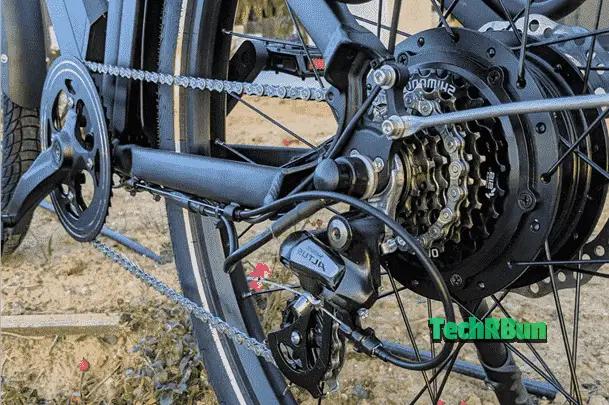
Gear ratios and climbing strategies are crucial for conquering uphill challenges.
Fat Tire E-bikes with a wide range of gear options allow riders to find the optimal gear ratio for different inclines.
Climbing strategies, such as pacing oneself and using momentum from downhill sections, can also enhance uphill performance.
Real-world Uphill Test Analysis
When it comes to evaluating the uphill performance of Fat Tire E-bikes, real-world tests provide valuable insights.
Case studies of popular models have been conducted to assess their capabilities on various terrains.
These tests not only highlight the strengths of these bikes but also shed light on the challenges faced during uphill climbs.
Performance on Various Terrains
During the tests, the Fat Tire E-bike models were put through their paces on different types of terrain, including gravel roads, steep inclines, and rocky trails.
The wide tires and knobby tread pattern of these bikes proved to be advantageous on gravel roads, providing excellent traction and stability.
On steep inclines, the high-powered motors and ample torque effortlessly propelled the bikes upward, ensuring a smooth ascent.
The well-designed suspension systems and wide tires also proved their worth on rocky trails, absorbing shocks and vibrations while maintaining control and stability.
Challenges Faced During Uphill Climbs
While Fat Tire E-bikes excel in uphill performance, they still face certain challenges.
Steep inclines with loose surfaces can pose difficulties, requiring careful maneuvering and maintaining balance.
Additionally, rocky trails with uneven terrain demand precise handling and suspension capabilities.
However, with the right technique and experience, riders can overcome these challenges and enjoy the thrill of conquering uphill climbs.
Customization Options for Optimizing Uphill Performance
Riders have customization options to optimize their Fat Tire E-bikes’ uphill performance.
Aftermarket Components
Aftermarket components, such as upgraded suspension systems and drivetrains, can enhance the uphill capabilities of Fat Tire E-bikes.
These components offer improved shock absorption, better gear ratios, and increased overall performance, allowing riders to tackle even the most challenging uphill terrains.
Tuning The E-bike for Specific Terrains
Riders can also optimize their Fat Tire E-bikes for specific terrains by adjusting settings such as tire pressure, suspension stiffness, and motor assistance levels.
By fine-tuning these settings, riders can maximize traction, control, and power delivery, ensuring optimal uphill performance.
Tips for Riders
Training Techniques for Uphill Riding
To improve your uphill riding skills on a Fat Tire E-bike, it’s essential to incorporate specific training techniques into your routine.
One effective technique is interval training, which involves alternating between high-intensity uphill sprints and recovery periods.
This helps to build strength and endurance, enabling you to tackle steep inclines with ease.
Another useful training method is hill repeats, where you repeatedly climb a challenging hill at a steady pace.
This helps to improve your climbing technique and mental resilience.
Proper Gear Selection And Riding Posture
Choosing the right gear and maintaining proper riding posture are crucial for optimal uphill performance.
When approaching a steep incline, shift to a lower gear to maintain a steady cadence and prevent strain on your muscles.
Additionally, maintaining an upright riding posture with a slight forward lean allows for better weight distribution and improved traction.
This helps to maximize power transfer to the pedals and maintain stability on uphill climbs.
Maintenance Practices for Optimal Performance
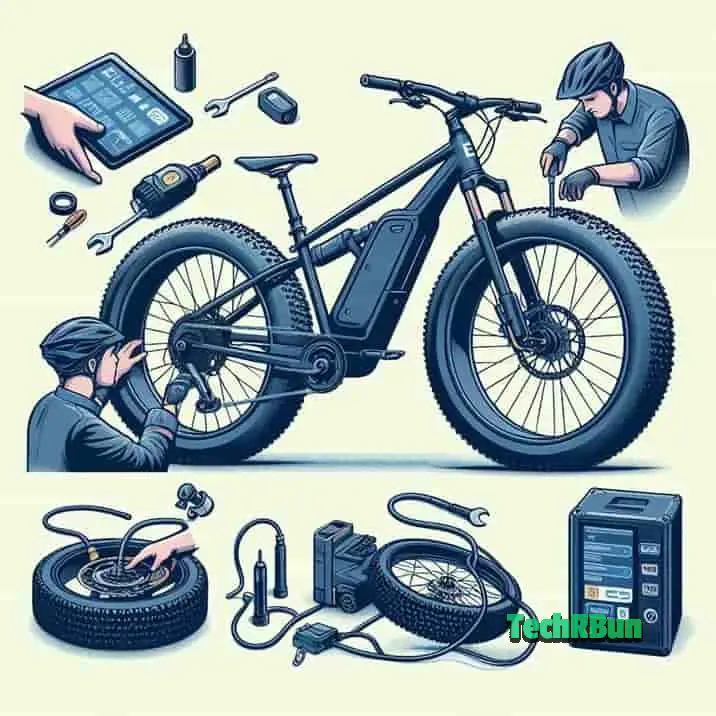
Regular maintenance is essential to ensure your Fat Tire E-bike performs at its best on uphill terrains.
Keep your tires properly inflated to the recommended pressure to optimize traction and minimize rolling resistance.
Additionally, regularly clean and lubricate the drivetrain to ensure smooth shifting and efficient power transfer.
Lastly, check the battery charge level before each ride and recharge as needed to ensure consistent power delivery during uphill climbs.
In conclusion, Fat Tire E-bikes have proven to be capable and efficient in conquering uphill terrains.
With the correct technique and right gears, riders can confidently tackle any uphill challenge with these remarkable bikes.
I hope you enjoyed reading this article. Feel free to share your thoughts down in the comments.







